Chances are, Sondors doesn’t want you to buy a MetaCycle. Simply reading about this bike on an enthusiast website like this one means you might already have a motorcycle, and that’s not the target for this company or this machine.
Editor's note: Just as Zack finished this review of the Sondors MetaCycle, we learned that the company has laid off several members of its staff. Several former Sondors employees added #OPENTOWORK tags to their LinkedIn profiles this week and a few referred to layoffs of multiple colleagues at the electric bicycle and motorcycle company. As we reported just two weeks ago, Sondors had been planning an initial public offering of stock in the company to raise money to pay off debt and fund future expansion of the product line. That IPO filing was revised a couple of times, suggesting that investor interest was low. One person affiliated with the company told us that plans for the IPO had been dropped, leading to the layoffs. We asked the company for official comment and received a brief statement saying "SONDORS made the difficult decision to restructure a portion of our workforce in order to focus on delivering our SONDORS e-bikes and MetaCycle products to our customers while remaining financially responsible. We continue to look at new avenues to bring our products to market with strategic partnerships and developing our sales channels." We can't predict the future availability of the MetaCycle, but Zack can tell you how it works.
To quote the founder, Storm Sondors: “We didn't design this bike for enthusiasts, or racers, or people who want a third or fourth toy in the garage.” In the immortal words of Pepper Brooks, it’s a bold strategy. If you think I’m twisting a quote from the website just to write a controversial intro, maybe I am. But also, it was genuinely difficult for us to get this test bike for Common Tread. It took an introduction and recommendation to the Sondors team from an industry friend, and nearly 20 emails back and forth to convince the marketing team to let us borrow the bike.
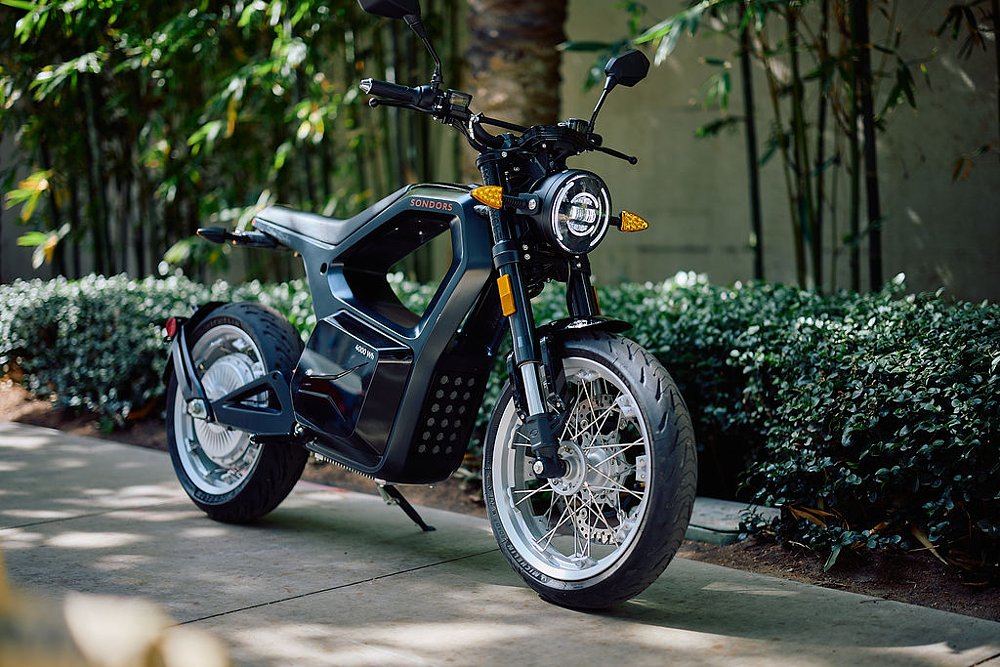
The result of all of that was a good deal of excitement on my part. Finally, riding the electric motorcycle that the company itself didn’t even want me to try. Forbidden fruit, to some extent. Not to mention the claimed specifications for this machine have been sparking conversation and intrigue in the motorcycling world since the bike was announced — $5,000, 300 pounds, 80 miles of range, 80 miles per hour. The speed of a motorcycle, the cost of an electric bicycle, and the dreams of our children blossoming like flowers in the morning sun.
Of course, the actual bike isn’t quite as sexy or efficient as the prototype claimed. One Common Tread contributor already marked out a handful of the aesthetic and practical issues that the production bike suffers from that he didn’t expect, not least of which the weight, battery removal struggles, and DOT-spec blinkers diminishing sexiness. All fair critiques, even if we’ve seen a lot of these things before in the motorcycle industry, as he said.
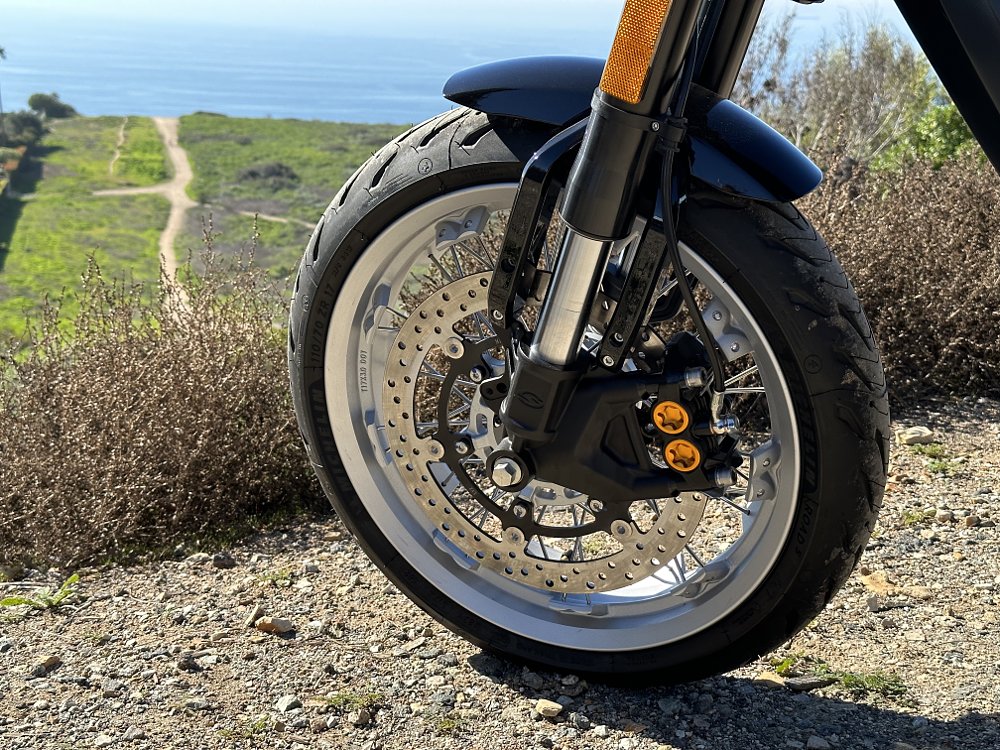
Unfortunately, since that article was published it hasn’t gotten any better — the price has gone up to $6,500, and on our scales at RevZilla West in Los Angeles the bike weighed in at 335 pounds. The company claims a “real world range” of 60 miles, so I planned out my first test loop at 47 miles and a friend had to come pick me up with almost 10 miles to go. During regular rides to work, I often needed a charge after about 30 miles of riding.
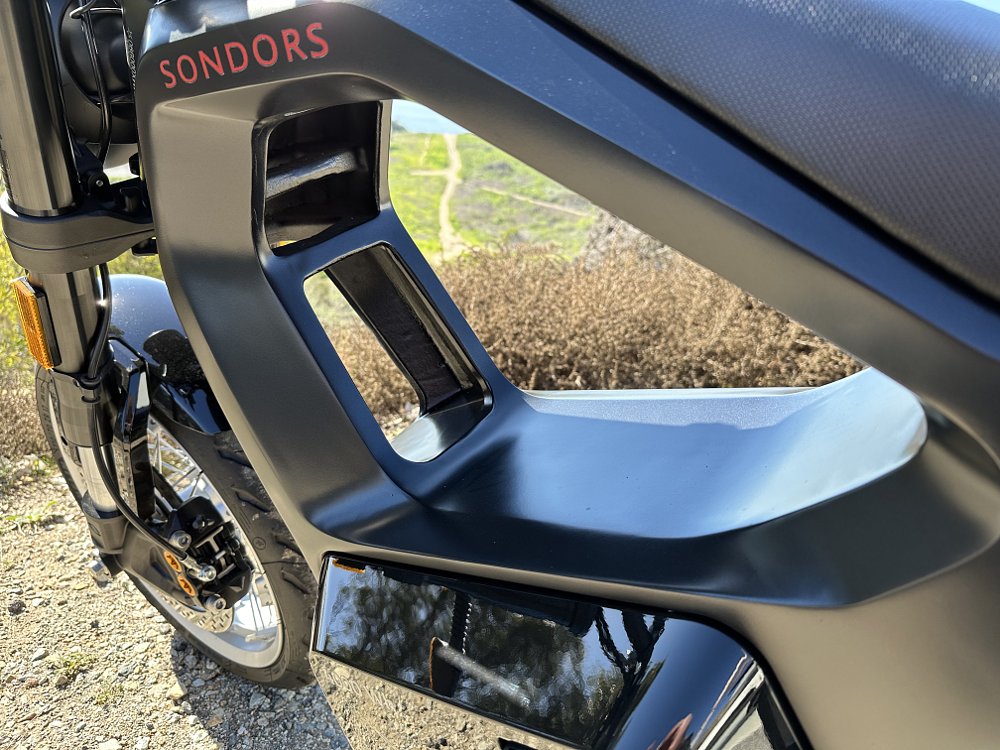
The expectations overpowered the actual experience, which is too bad because on the face of it there’s plenty to like. The MetaCycle is extremely approachable, with an agreeable stand-over height and an ultra-neutral riding position. Power delivery is intuitive and pleasant, whisking you away down the street in futuristic style. In the garage, simply plug the provided cord and box into an outlet and about five hours later the battery will have gone from dead to full. Very basically, it all works. Sadly, the more I rode the bike the more I stacked items on the list of disappointments.
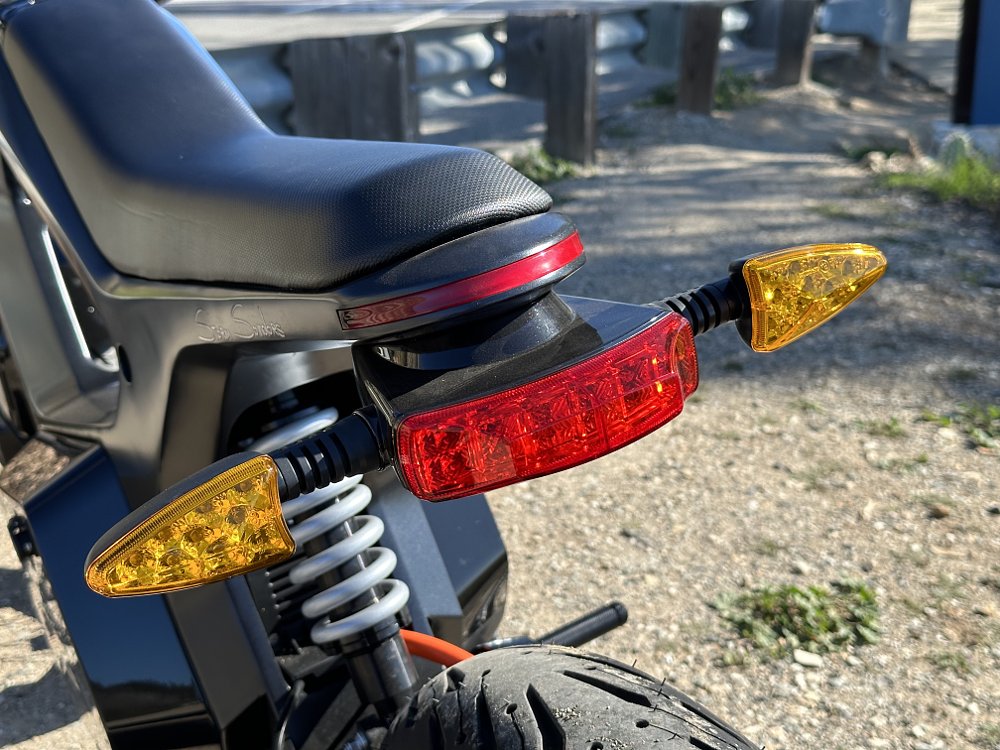
For some reason, the dash bothers me the most. It’s clearly a repurposed unit that was designed for a conventional motorcycle, which makes all of the notations on the LCD seem odd. There’s a tachometer, for example, but instead of engine rpm it shows how much power is going to the rear wheel. In the standard riding mode, it goes up to about “7” on the dash, while in Sport mode it goes all the way to “11,” though the units don’t mean anything.
A tower of red LEDs can illuminate up the side of the screen, as a shift light might on an internal-combustion-engine bike, but instead they light up as the MetaCycle accelerates until it’s at full Christmas-tree by the time the bike is going 30 mph. No idea why, and the lead development engineer I spoke to at Sondors didn’t seem to know either.
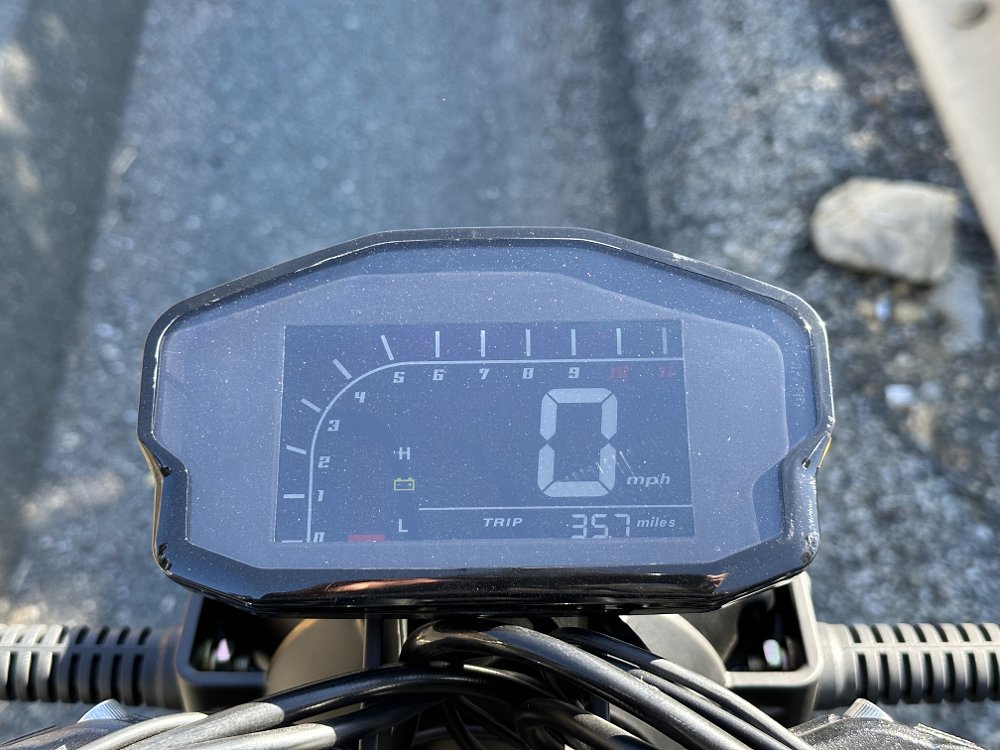
Wait, I’m not even finished with Sport mode yet. When you toggle the bike into Sport the gear-position indicator (again, for an ICE bike) illuminates and shows “GEAR 5.” But since the number is written in crude LCD text it kind of looks like an “S” and that’s how you know you’re in Sport. Imagine, all of those motorcycle companies designing displays for the actual machine it’s used on: Suckers!
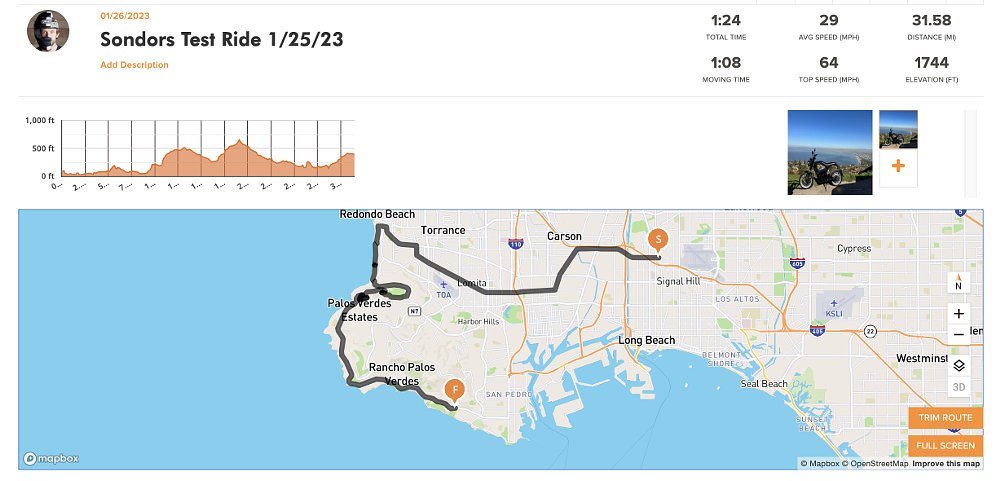
Maybe worst of all, the trip meter resets every time the bike power cycles, which might not sound like a big deal until you’re only working with 35 miles of total range. Meaning if you don’t charge the bike between rides it’s hard to know how many miles you can expect to make it. There’s a battery meter, to be fair, which is pretty accurate, and a speedometer that seems to read about 10% higher than most motorcycles but in general works fine. There’s also no clock, though that might be better than one that reads 10% ahead of the last time you checked.

Right, I know, we can’t spend four paragraphs on each individual thing that I don’t like or don’t understand about the MetaCycle, that’s not going to fly. Quickly, then: The suspension is oversprung and underdamped, there’s no ABS, the proximity key fob dies in a matter of days, the blinker switch is archaic, the fenders work terribly, the footpegs are icy-slick when wet, the coil of wires to the right of the steering stem bind up in the fork during right-hand U-turns, and the seat is somehow a whole new flavor of uncomfortable.
I’ll be the first to admit that some of these things matter more than others, that’s just a broad overview. Actually, just one more specific example, if you don’t mind. There is a power button to turn the bike on or off, and then there’s an automatic locking system which only allows the bike to boot up intentionally. Additionally, there’s an on/off toggle, and last of all a rocker switch to move the bike from Park to Drive.
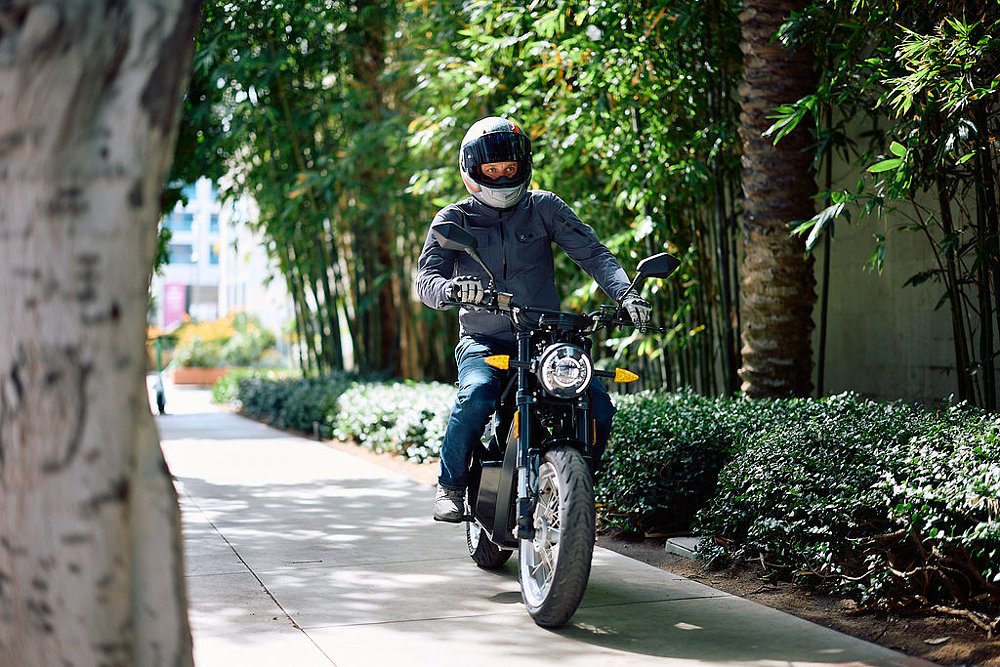
Four gates to navigate to get the bike to go isn’t a lot more than usual — many bikes have a key, plus a kill switch, a starter, and a transmission that needs to be shifted into gear. Maybe it’s because it looks and feels so simple to use, but the Sondors system seems awkward. To manually unlock the bike, then hit the power button, and then wonder why you can’t put it in Drive is frustrating. Ohhhh right the kill switch, there we go. Each thing by itself makes sense, and yet as a whole it doesn’t.
You and the PR team at Sondors are probably pretty dismayed right now. I’m sorry for that. It’s not all bad, this bike, there’s a lot to love. Quickly, at first: The brakes are powerful and responsive, the riding position is agreeable, it handles nicely, the price isn’t crazy, it’s cool to look at, it’ll charge your phone wirelessly as you ride, and there’s no drivetrain or powerplant maintenance whatsoever. Practically, there are some wins.
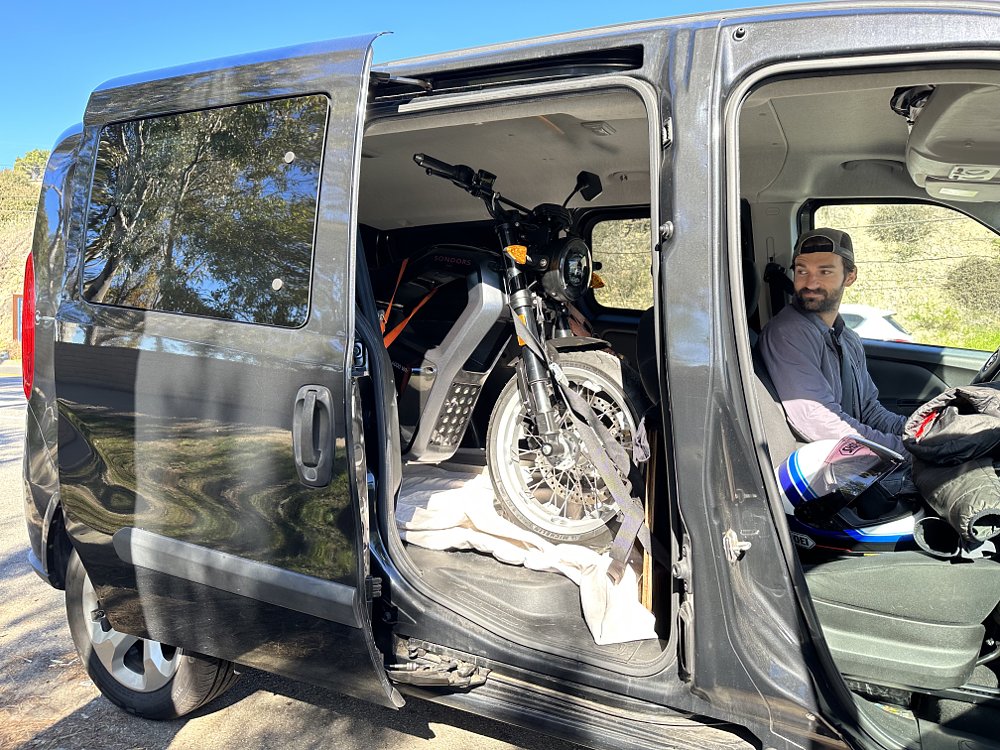
As I zipped around L.A. on the MetaCycle, I found myself generally satisfied. I love how easy it is to ride, and how serene. It won’t win many drag races, but it’s fast enough to keep ahead of apathetic car traffic, and the throttle response is excellent. The main chassis components look and feel stout, I dig the beefy fork and spiffy braking hardware, even if nobody could tell me who makes them. I got over most of my complaints about the dash and just looked for what I needed to know.
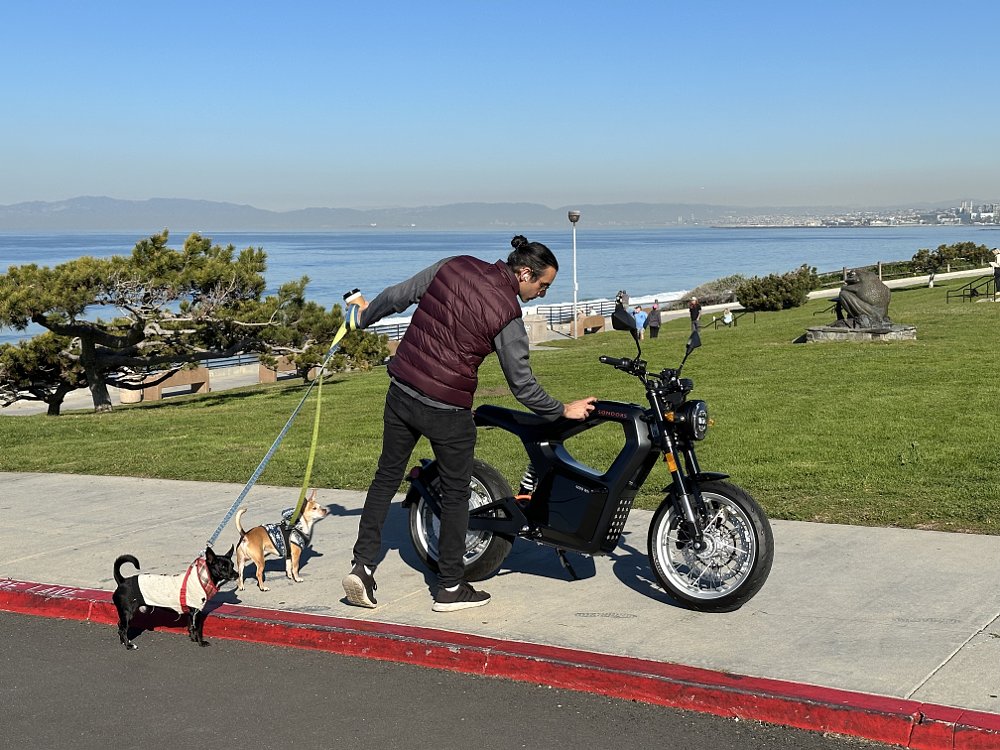
As a veteran motorcyclist, whom Sondors proclaims to care least about, I had fun. And day after day, wherever I parked it people approached and asked questions — if it was electric, how much it costs, if you need a license to ride one, how easy is it to ride, and wow that thing is cool. From a utilitarian standpoint, there are a host of used, $6,500 motorcycles that would absolutely bodyslam this MetaCycle. Then again, dipping a Suzuki SV650 in gold and glitter wouldn’t capture as much parking-lot interest as this Sondors.
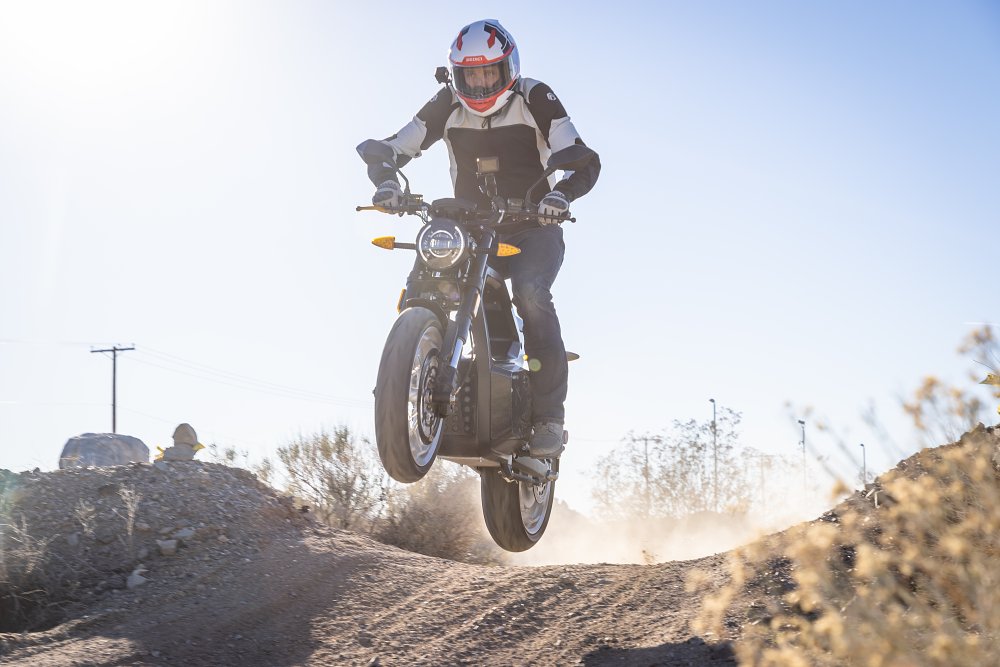
That’s not to say vanity is a reason to get a MetaCycle, only to point out that it is, on some scale, creating curiosity that other machines are not. Truth be told, everyone on the RevZilla team who tried the MetaCycle was excited that it exists. For the sake of motorcycling it’s not only a good idea, it’s also a fairly obvious idea and one that neither BMW, nor Honda, nor any other major motorcycle manufacturer has been able to execute. Is that because the financial viability of the idea is faulty? I don’t know.
It’s disappointing that so many of the basic things that make motorcycles easy and fun to use have been fumbled so badly, because the MetaCycle offers a brilliant beacon of what an electric motorcycle can deliver, and how affordably it can end up in people’s garages. Ultimately, the future feels close; how close remains to be seen. The company might not be after me as a customer, but we want the same thing: People in the saddle. Just, not this particular saddle, obviously. A new, better one.
| 2022 Sondors MetaCycle | |
|---|---|
| Price (MSRP) | $6,500 |
| Motor | Permanent magnet, alternating current hub motor |
|
Transmission, final drive |
Single-speed, hub motor |
| Claimed horsepower | 11 (8 kW) nominal; 20 (14.5 kW) peak |
| Claimed torque | 80 foot-pounds nominal, 130 foot-pounds peak |
| Frame | Cast aluminum |
| Front suspension | Inverted fork; 3.9 inches of travel |
| Rear suspension | Single shock; 3.4 inches of travel |
| Front brake | Single four-piston caliper, no ABS |
| Rear brake | Single-piston caliper, no ABS |
| Rake, trail | N/A |
| Wheelbase | 52 inches |
| Seat height | 31.5 inches |
| Claimed range | 80 miles "ideal conditions," 60 miles "real world" |
| Claimed battery capacity | 4 kWh |
| Measured charge time | 5.5 hours (0-100%) @ 110 V |
| Tires | Michelin Pilot Road 5, 110/70R17 front, 150/70R17 rear |
| Measured weight | 335 pounds |
| Warranty | 12 months |
| More info | sondors.com |





















